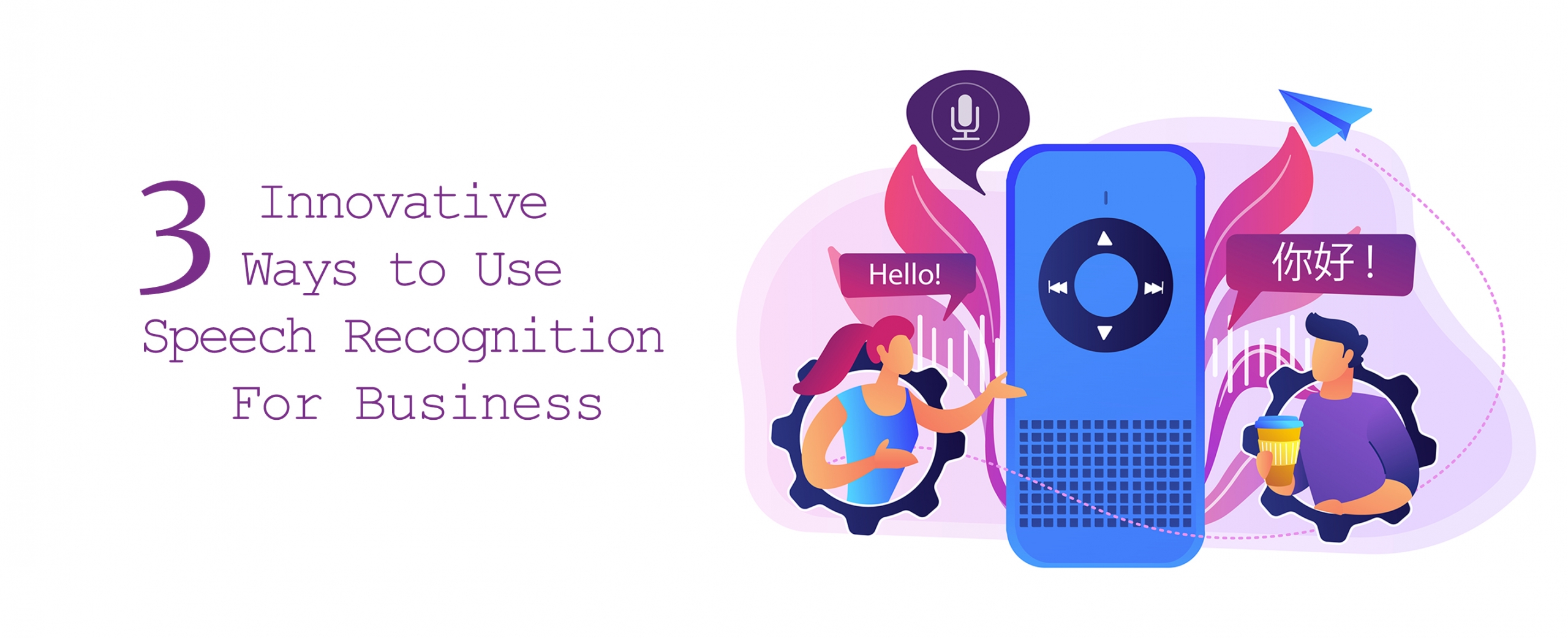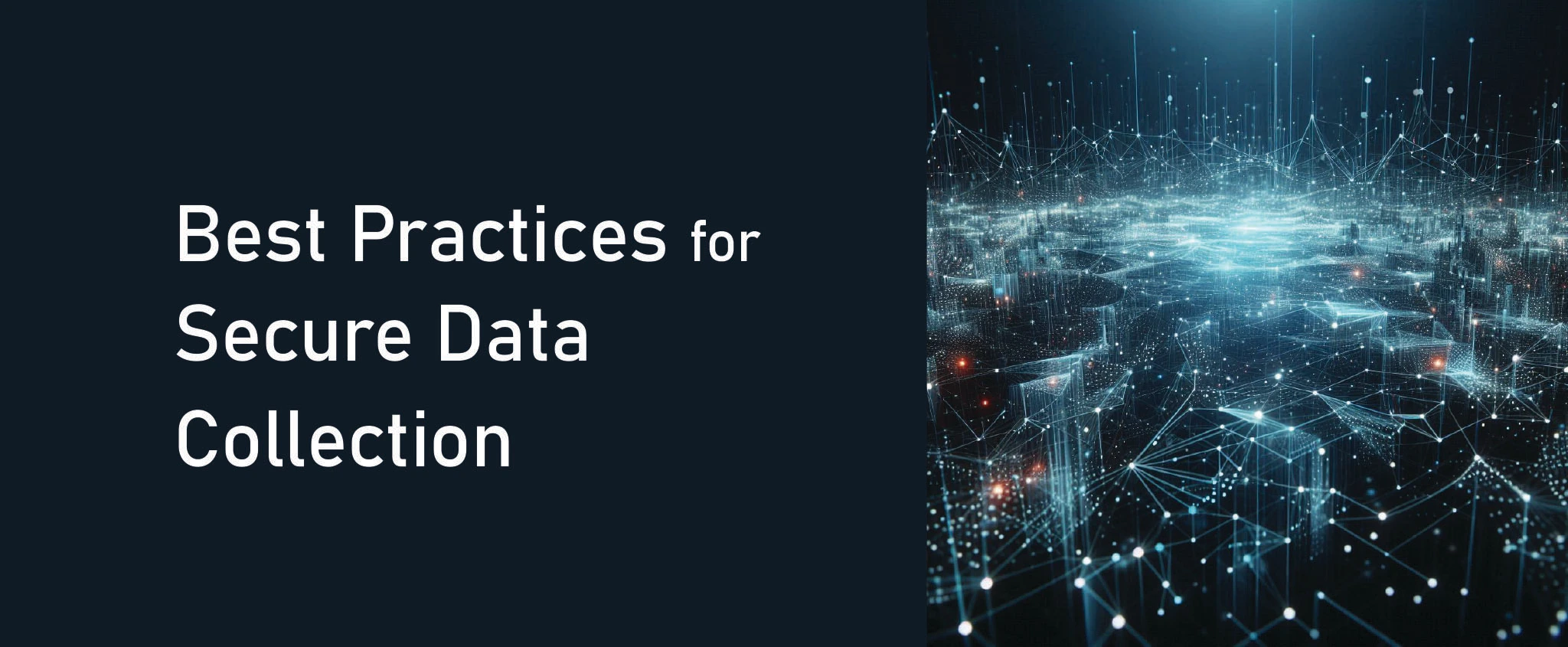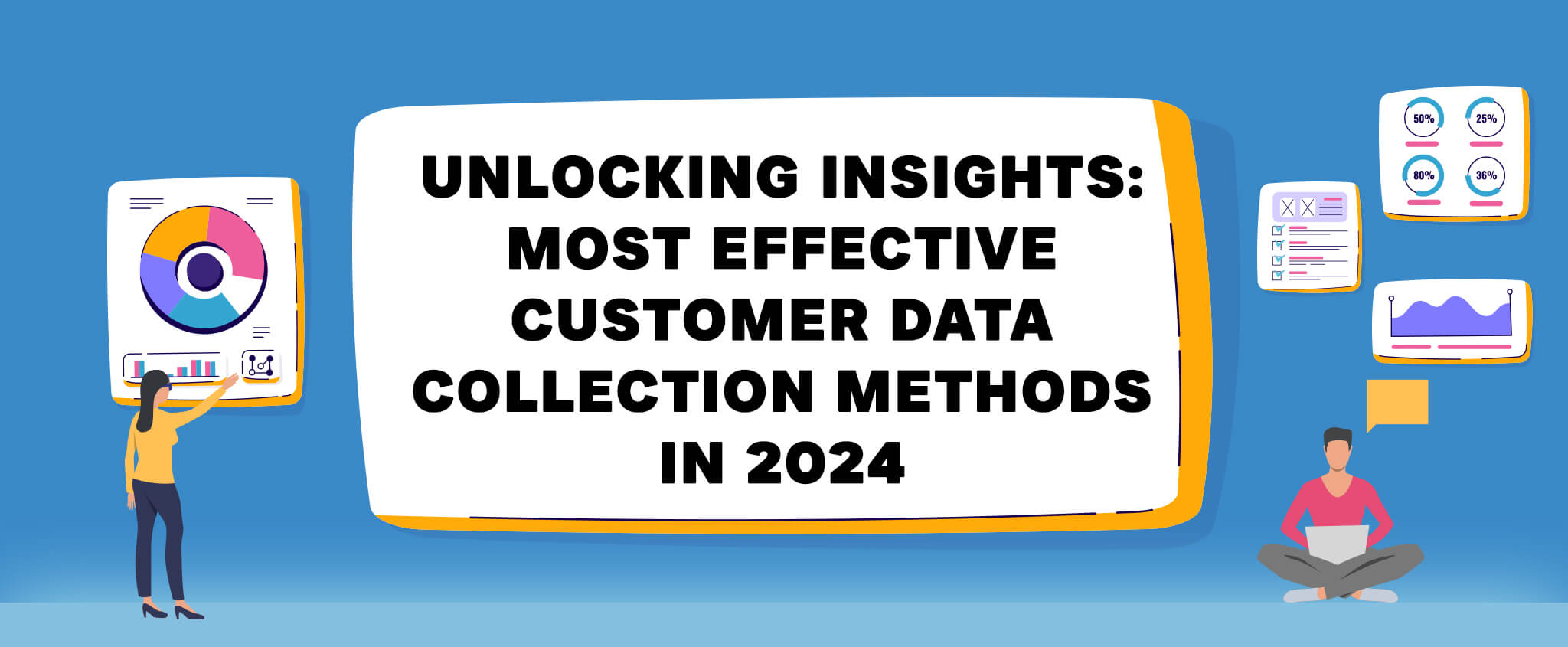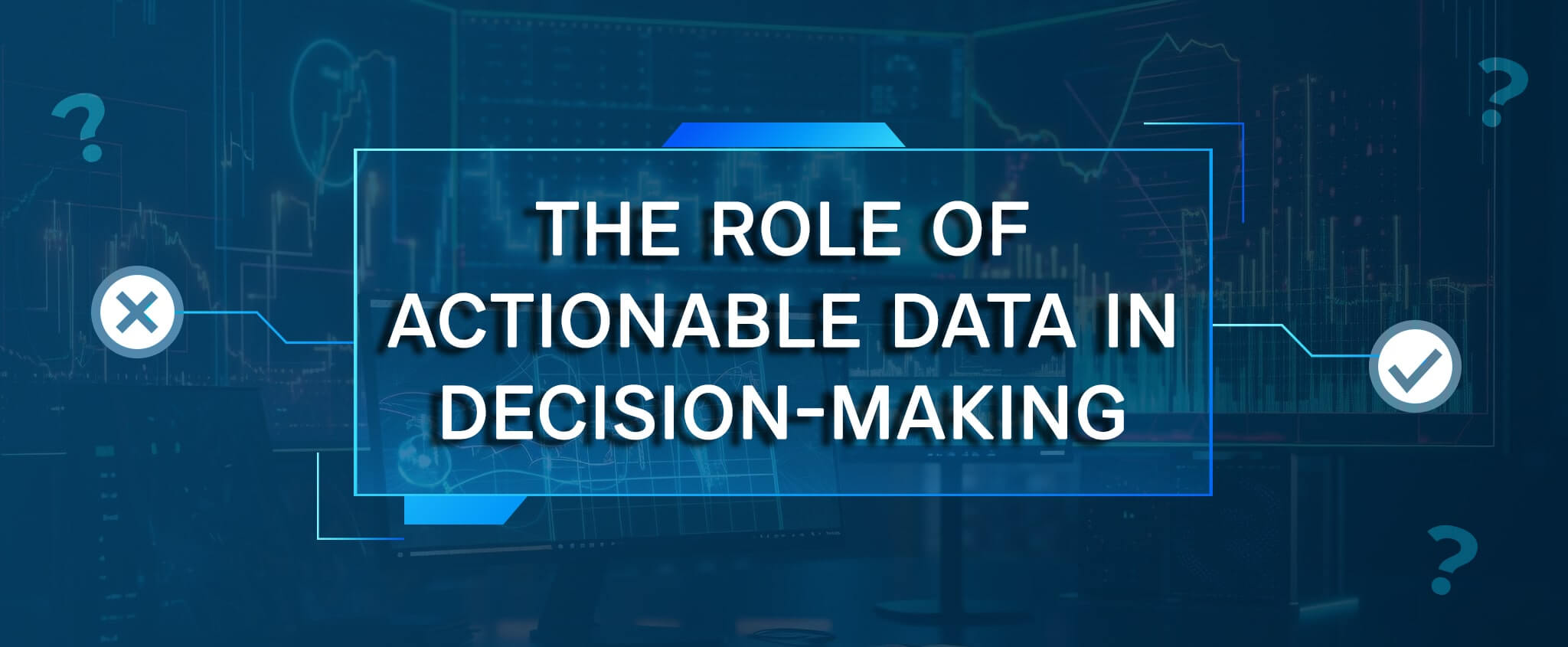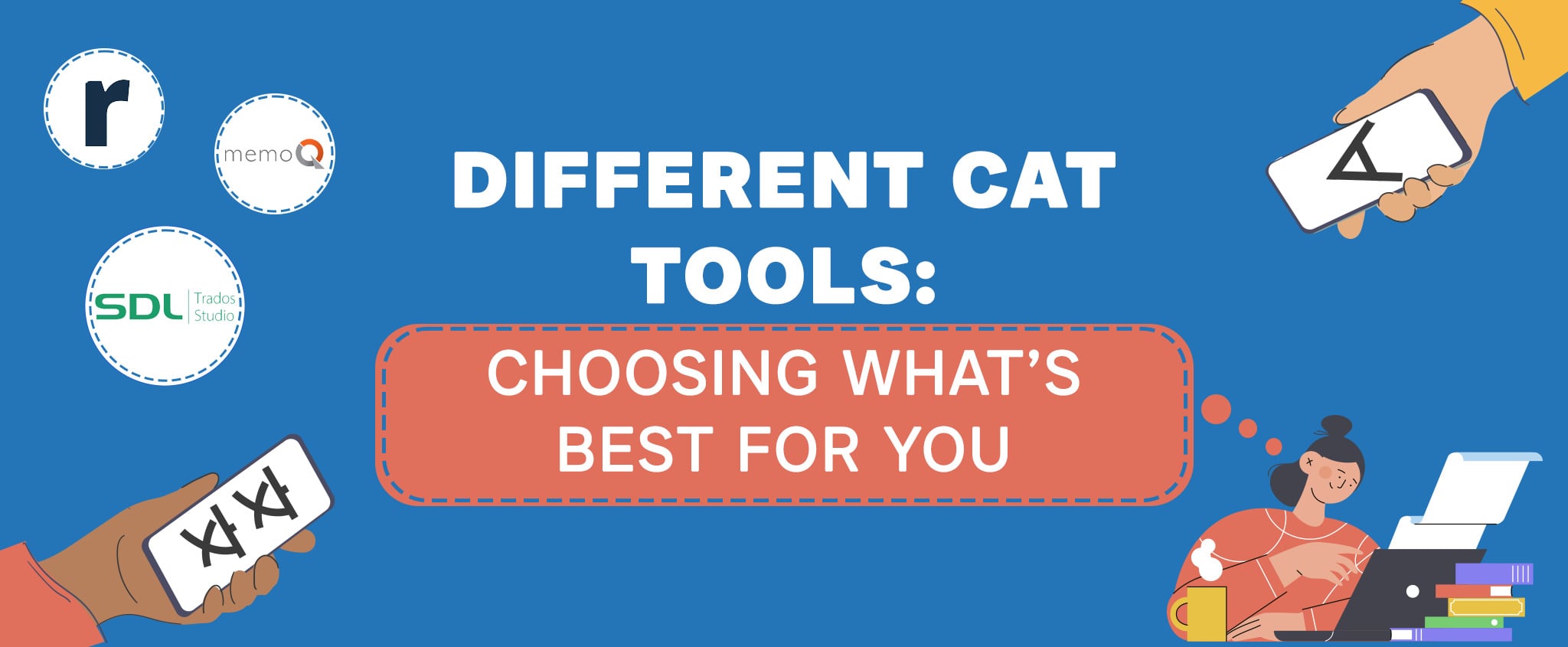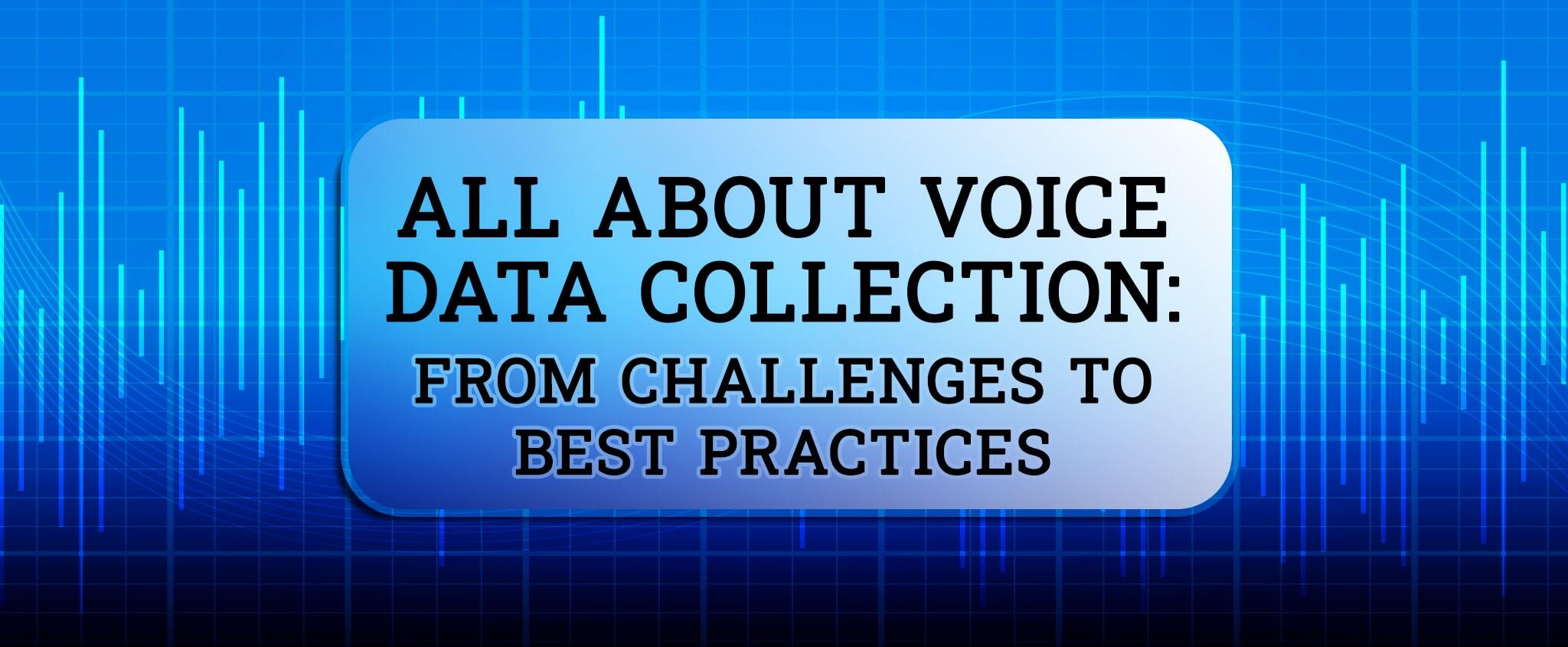3 Innovative Ways to Use Speech Recognition For Business
There’s no denying that speech recognition along with voice recognition made daily life more comfortable for everyone. Voice recognition allows AI to identify and decode human speech. Speech recognition, on the other hand, analyzes the delivery of speech patterns using Natural Language Processing (NLP). With these two technologies working together, prompt responses and immediate actions to your requests can be done without lifting a finger. Both speech recognition and voice recognition feed on high-quality, diverse, and large audio datasets to become more intelligent as days go by. These technologies are constantly evolving so that they can analyze wider varieties of data for AI-powered products. There are a number of ways to use voice and speech recognition for different businesses. In this article, we will discuss three innovative ways to use speech recognition for the business.
Three Innovative Speech Recognition Ways For Business
Innovation is relevant in business. With innovation, a business can move forward with its advancements and can serve its customers better. The application of speech recognition to different market niches has had a huge impact on the growth of small to big-scale businesses. Can you still imagine if Google did not have a voice assistant? We can’t! Speech recognition allowed businesses to serve their customers better by providing them easier access to data just by the power of speech. Speech recognition increased the overall efficiency of different businesses in telecommunications, marketing, transportation, shopping, and many more. To give you ideas on how you can apply and adapt speech recognition in your business, here are three innovative ways to use speech recognition.
1. Speech Recognition for Retail Shopping
Shopping is a leisure activity that everyone enjoys wherever around the globe. Before COVID-19 emerged, people would always go to the mall, boutiques, and even thrift markets to shop. The COVID-19 pandemic hit almost every country in the world and caused economic loss to several countries. Due to movement restrictions and health protocols, people are kept at home, and establishments have been forced to close in the meantime. Retail stores are having a tough time selling and gaining profit. But what if you help your consumers shop while not having to lift a finger? Through several remote speech collections, terminology, and lexicon, speech recognition was able to store different data that are currently used by different smart home speakers such as Alexa and Google Home. Numbers of applications have been built to coordinate with these speakers to help consumers buy online using voice assistants. Speech recognition can help consumers find and check out the products that they want using their voices as commands.
2. Speech Recognition for Finance and Banking Systems
Banks and other financial institutions are starting to lean on speech recognition for voice assistive services. Researchers have conducted several data collections to achieve voice-based banking. Voice-based banking allows individuals to access and make changes to their accounts with the power of speech recognition. The potential in voice-based banking is rapidly growing since many industries are already leaning on voice and speech-activated systems to provide relevant information in their day-to-day activities. Voice-based banking can provide customers with a different conversational experience, more convenient solutions, hands-free transactions, and seamless online banking. It helps tailor a more personal experience for the customer without having to go out. Speech recognition in finance and banking systems allows people to feel much more safe and secure as they won’t have to touch anything, their account can be opened and closed through voice commands and they can enjoy banking in the comfort of their homes.
3. Speech Recognition for Day-to-Day Business Transactions
Speech recognition can also help organizations and businesses to automate their manual transactions. It increases productivity among team members while cutting time costs. With speech recognition, professionals can efficiently search audio datasets, write content, and do other tasks all at the same time. With speech recognition, businesses can also store data that can be later on used by new employees in their training and orientation. Instead of hosting the orientation themselves, team leaders can simply command their voice assistant software to navigate through their files and conduct the orientation in their stead. With speech recognition, voice assistants can also remind employees to attend the meetings, book meetings, and even organize the date and time depending on the availability of the employees.
Tailoring Speech Recognition to Your Business Services with the Help of CCCI
Speech recognition plays an important role in today’s society. It has become a game-changer in how local and global companies do business. Speech recognition has been helping businesses grow on a global scale and assisting individual consumers by providing convenience in various situations. With voice and speech recognition, big datasets have become more accessible and readily available whenever needed by just using your voice to search.
Interested in using speech recognition for your business? Our team of language experts can help you with that! With over 10 years of language expertise, we can provide your business with high-quality audio and speech. Here at CCCI, we make sure that our customized audio and speech data collection service can tailor to your business needs. We can provide this service in up to 30 different European and Asian languages in almost all industries.
Here at CCCI, our goal is to help your business grow and enter foreign markets through professional language, data collection including speech to text transcription and multimedia data annotation, content, and localization services. Unfold another chapter of your business and create a new story with CCCI.

